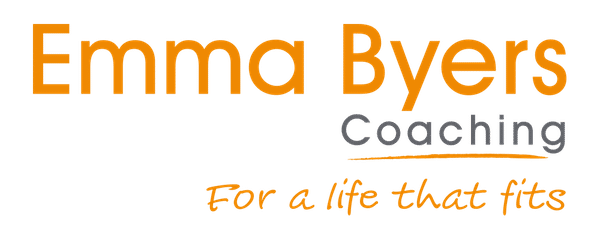So how are you doing with getting to know your inner child? What ages are they when they show up? And perhaps most importantly, how are you getting on with understanding them, and being kind and compassionate to them?
I hope last week’s blog gave you a few pointers on how to tune into them, how they might be impacting you, and how to start to build a relationship with them. And also helped shine a light on why this might be so important to you and your life going forward.
Because by being a confident, compassionate parent to our inner child, we can help them heal and move on from being stuck and triggered. So they don’t have to show up when things are difficult for us, and instead we can be there, as our confident, competent selves.
Sounds great – but not so easy. How do we make a start?
Hopefulness lies in knowing that while early experiences shape the nervous system, ongoing experiences can help reshape it.
Deb Dana, Polyvagal Institute Founding Member
Last week, we began to try and separate from these different inner parts – the first step in supporting them is to recognise them rather than thinking “this is just me”, “this is how I deal with this stuff”. We do that by asking the questions about how old, capable, big, in control we feel in those various times of stress, difficulty or feeling “triggered”. And also beginning to allow some compassion to flourish, by looking at photos of ourselves as a child and viewing them as if they were a friend’s child, a beloved niece or a child from a film or TV programme.
This will also help us to know each of these younger parts better, and understand how to support each one individually. We can keep tuning into them and build up a more detailed picture of what kind of safety, support, kindness, love they would like.
But how can we give that, if we feel wobbly in our ability to be a confident, competent and compassionate adult?
Here’s a few simple steps to start building the skills:
How you’re showing up as confident, compassionate parent right now…
Inner child healing is the most loving thing we can do. It is going back to those parts of ourselves that are perpetually stuck reliving their experience from the past and saying: “I’m here now let’s get you out of here.”
Sarah Baldwin, Somatic Trauma Coach
These are the gifts of being a confident parent. To give time, love, attention, kindness and gentleness, to see the good and the innocence, and also to provide protection (think of a mother bear – gentle, attentive but also fiercely protective).
This is what we can be to our own inner child. And you already have these skills for others (they will be there – think hard). Now it’s time to give them to yourself.
And tapping into competent, capable you
I would always suggest working with a professional to guide you through this. I’m now trained in this type of work, using Polyvagal theory and somatics as part of my trauma-informed embodied coaching. Drop me an email if you want to know more. You’ll be amazed by just what might be possible when your inner children know that you’ve got this, and they step back so you can step forward.






